Like most people I have plenty of Bucket List entries that I want to tick off in my life. Many of these are of course associated with the music of Aaron Copland and one of the biggest was seeing a fully staged version of his opera The Tender Land. This opera is performed quite often in the US by young performers and university groups but it is quite a rarity to be put on anywhere else in the world and certainly by professionals. I must therefore take my hat off and give a standing ovation to Teatro Regio Torino for bringing this amazing work to Europe. Not only for that, but by treating it with absolute love and respect!
Back in Copland’s centenary year (2000) I was at the Barbican to witness a semi-staged version. Since then, there has been one UK outing in 2009 (that I was unaware of at the time) and the odd performance in Lyon and Sofia (all before I discovered Bachtrack). So, when I saw this listing sometime last year I pretty much “danced around the room”!
Piccolo disappointments don’t detract
Virtually the first thing I did was look up online picture of the Teatro Regio Torino. I was awestruck. Could The Tender Land be played there? Well, the answer was Yes and No. It wasn’t in the main auditorium but the Piccolo Theatre. It was a shame but of course understandable. Copland is not particularly well known in Italy so you have to start somewhere (by the way, the Appalachian Spring suite is going to be played in the main auditorium in October this year).
Another slight sadness was that this was the reduced chamber version of the opera arranged for 13 instruments by Murry Sidlin. The go to version on CD for me is the peerless premiere recording by the Plymouth Music Series under Philip Brunelle. As a result, when you take away so much instrumentation there is a loss of colour and it sometimes can sound a bit thin.
Nonetheless, it’s important to be realist – this version was dictated by the staging in the Piccolo Theatre and of course economics. In any case I was not about to allow the best to be the enemy of the good or should I say the ultimate to be the enemy of the wonderful!
As per usual when I go on a big Copland adventure, I aim to see the work twice. I saw the last two (of five outings staged over a month-long period). I gather that the reception by critics in Italy and the public has been very favourable. Certainly, that seemed the case when I was there with enthusiastic applause and quite a few shouts of ’Bravo’ from the audience.
A Tornado hits The Tender Land
I’m not going to elaborate much on the plot or the background to the opera here as that would turn this blog into a book (Synopsis to follow). However, in brief, the story is set in the Mid- West in the 1930s and involves the Moss family (Ma, Grandpa, Laurie and Beth) whose lives are turned upside down in less than 24 hours. The catalyst for change is Laurie’s imminent high school graduation and the appearance of two migrant workers (Martin and Top). On the face of it, it’s a simple tail of forbidden love and loss. There are no bad people here but everyone’s a bit rash, acting on their instincts and making poor decisions. However, if you are prepared to dig a bit deeper you’ll realise there’s plenty more going on beneath the thin veneer!
The opera has just celebrated its 70th birthday. For the majority of this time, it was considered the biggest flop of Copland’s career. For too long, the finger of suspicion has pointed at Erik John’s “dodgy” libretto and a supposedly weak ending. In both instances this critical response was a huge miscarriage of justice. However, just as in the story the accusers have been proved wrong!
Copland and Johns’ opera is a reaction to McCarthyism with Shades of Steinbeck. But more than that it involves what in these current times seems obvious as a coming out fable. This has always been there, invisible in plain sight, but as soon as you realise this sub text, everything in the narrative slots into place.
The fact that it has taken decades for the penny to drop simply adds to the mystique and intrigue. Furthermore, it being performed in Italy for the first time provides a clean slate – allowing a new audience to start from scratch, to listen with fresh ears and no pre-conceived prejudice.
What I admired
The opera was a great opportunity for a young cast and conductor, Alessandro Palumbo to take centre stage. However, the whole production was masterminded by a youthful team led by 34-year-old director Paolo Vettori.
There was so much to admire that I am just going to splurge!
- All the main characters and chorus performed well but I have to say that I thought Martin, Top and Laurie were brilliant. There was real chemistry between Michael Butler and Andres Cascante in the comic scenes and Butler and Irina Bogdanova in the love scenes.
- Top is the Tops! It’s a great part with all the best lines. I had never really considered that he has his own mischievous leitmotif played with the clarinet during his first scene. I now can hear similarities between this signature and some of the incidental music from Quiet City (listen from 04:30 of the Brellochs arrangement). It got me thinking. Copland often reused material and the music from Quiet City (a flop) would have been fair game, just as would the music that he wrote for Orson Welles’ ill-fated Shakespeare amalgam called The Five Kings. I just wonder – Top’s larger than life character (wine, women and song) puts one in mind of Falstaff. I’d love to know if Top’s theme was originally composed for this other bon vivre?
- Mr Jenks played by Davide Motta Fré only has a few lines but what a wonderful gravelly voice. It sounded like the mid-west crossed with the Somerset Levels.
- There was plenty of stuff that you would never ever get from listening to a record. The set pieces were well choreographed and performed. I particularly liked the horseplay by Martin and Top in A stranger may seem strange that’s true. At one point they are weight lifting bales and latterly when Grandpa agrees to hire them Martin rodeo rides the same bale. It’s an image I won’t forget.
- Similarly, the chaps pointed their torches in different directions whilst singing We’ve been North. On occasions they got mixed up and were pointing them west when they were going east. It reminded me of my own bad sense of direction!
- Little touches like Martin creeping up on Ma Moss and making her jump were really nicely done too.
- Also, I have never given a thought to any suppressed attraction between Ma Moss and Mr Splinters– that seems obvious now.
- There were things in the incidental music that I had never really listened too before. The Goodnight, Goodnight section is a case in point. It’s sung by the chorus in a slightly uneasy, walking on eggs shells way and is perfect for embarrassed, departing guests from a party that has come to a sudden and ignominious end.
- Martin and Laurie use a red ribbon as a prop. At first I was a bit puzzled by this but I think it symbolised a link with the graduation (“ribboned band”) and presumably the severing of the “ties that bind” (originally a line from a Christian hymn by John Fawcett dating from 1782 titled Blessed Be the Tie that Binds).
- Now frequent readers of this blog will know that The Promise of Living has a very special place in my heart. Twenty years ago this month it was part of the music that was played, just prior to walking down the aisle with Sheena my soon to be wife. It was beautifully sung and very moving especially the way the five main characters all turned and faced the backdrop of family tree pictures at the end. This perfect hymn suggests everything that is possible in life if everyone works together for the common good. It also serves as an ironic counterpoint to the parochial misgivings and fears that lurk just below the surface and boil over at the end of Act 2.
Bits that didn’t quite work
There are two instances in the opera where there should be high spirited dancing. When Mr Splinters sings “And we’ll dance together Beth” during Act 1 and even more so in the showstopping set piece of Act 2 Stomp your foot. The family tree pictures, so effective before had now come alive as the chorus of the party goers. Whilst singing they “danced” with potatoes on forks (in a routine made famous by Charlie Chaplin). As a result, it was a bit static as the main characters were left jiggling at the sides of the stage so the audience could see the family tree characters. This was a shame – it should have been more exuberant.
That was the main quibble but I did find it amusing when Martin says to Top about Laurie “That someone is wearing a gingham skirt” and she was actually wearing a scarlet red dress!
Also, I was struck by the very marked Italian accents of Beth and Mr Splinters! The latter sounded a bit like Groucho Marx in A Day at the Races – ‘Get your Tootsie Frutsies!’ With his attraction to Ma Moss he also made me consider him for the first time as a Latin Lover! Beth stood out even more as of course she speaks first and doesn’t do much singing.
Two oddly sensitive human atoms
It’s taken me a long time to really and truly appreciate the nuance and the melodic undertones of the love duet and final act. Again, this performance really helped – the singing and acting was sublime.
The plains so green
the tender land
where we begin
to understand
we’ll take our dreams
we’ve dreamed apart
and we will plant them in each other’s heart.The fields of love
the tender grain
we’ll gather in from autumn rain.
we’ll reap the tears we’ve wept apart
and gather in each other’s heart.
You’d have to have ice in your veins to not feel for poor Martin. In this opera where everyone is going to end up with regrets, his probably will be the greatest – enormous wounds, so deep, life-long and irrevocable. Yes, a relationship with Laurie might not have lasted 5 minutes, but to walk away from your big chance at happiness? It’s heartbreaking and brought back a few instances of books I’ve read and films I’ve seen where one feels devastated by the tragedy unfolding in front of you, that you would do something about if only you could. In this category I put Atonement by Ian McEwan, The Trumpet Major by Thomas Hardy, Evening by Susan Minot, The Remains of the Day by Kazuo Ishiguro and the film Catholic Boys (Heaven Help Us).
Funny how we got to Catholic Boys! I love that film and have always related to the Michael character played by Andrew McCarthy. This is where I first heard one of my favourite quotes. Mary Stuart Masterson reading aloud from Sherwood Anderson’s Winesburg, Ohio to her father who is deeply depressed. The words:
In that high place in the darkness the two oddly sensitive human atoms held each other tightly and waited. In the mind of each was the same thought. “I have come to this lonely place and here is this other,” was the substance of the thing felt.
For years I had no idea from where this quote came from. No internet quick fix back in 1985! Now, I think it highly likely that Copland and Johns may have had this story in the back of their mind when they came up with the narrative for The Tender Land. In the penultimate chapter George Willard and Helen White find a similarly deep spiritual connection to Martin and Laurie. But within pages George is on a train, leaving his small town and saying goodbye for good.
With the recollection of little things occupying his mind he closed his eyes and leaned back in the car seat. He stayed that way for a long time and when he aroused himself and again looked out of the car window the town of Winesburg had disappeared and his life there had become but a background on which to paint the dreams of his manhood.
A new Laurie
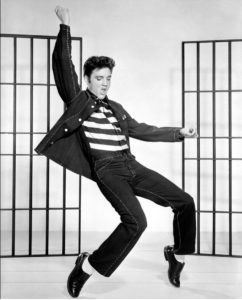 Now that’s a conventional end or one that’s easier to understand – boy leaves town to seek fortune. He gets slaps on his back and good luck salutations from most of the townsfolk.
Now that’s a conventional end or one that’s easier to understand – boy leaves town to seek fortune. He gets slaps on his back and good luck salutations from most of the townsfolk.
By contrast, Laurie’s decision to leave on the morning of her graduation day made little sense to audiences back in the 50s. Surely that would never happen then and even less likely in the 1930s? To help make this more plausible in this production, the costume designers used a very striking and instantly recognisable apparel for the escaping Laurie – denim jeans and jacket and stripey, navy blue and white t-shirt. Laurie’s new attire reminded me of someone instantly but I couldn’t quite place who it was. It took me a while to work it out (or at least I think I have!). In her new clothes Laurie definitely looked like she had time travelled to the 50s. The Tender Land itself premiered in 1954. This was a very important year when kids suddenly for the first time were no longer younger versions of their parents. Rock and Roll was born! And the most famous of the new breed of rebellious music makers who burst on to the scene that very same year? Elvis Presley. Laurie’s costume was very much like the prison clothes that Elvis wears in Jailhouse Rock. In this context her rebelliousness seems to make sense. I might be reading it all wrong but it seems a good train of thought to me!
The Curtain Falls
It was quite emotional to see the curtain come down for the last time. I am hoping it’s not the case, but it might be a good while until I see this wonderful opera again. I would like to say a big thankyou to Teatro Regio Torino for going out on a limb with this production. Every detail was taken care of by true believers from the beautifully put together programme with thoughtful essays, to the poster design, production team (set design by Claudia Boasso, costumes by Laura Viglione and lights by Gianni Bertoli) orchestra and singers. Also, a big shout out to the theatre staff, in particular Paola Giunti who were so welcoming and accommodating to my many requests! Mille grazie!
Picture credits
Foto Daniele Ratti © Teatro Regio Torino
Nel caso tu stia leggendo in Italia
Come la maggior parte delle persone, ho un sacco di voci nella lista delle cose da fare che voglio spuntare nella mia vita. Molti di questi sono ovviamente associati alla musica di Aaron Copland e uno dei più grandi è stato vedere una versione completamente messa in scena della sua opera The Tender Land. Quest’opera viene rappresentata abbastanza spesso negli Stati Uniti da giovani artisti e gruppi universitari, ma è piuttosto raro che venga rappresentata in qualsiasi altra parte del mondo e sicuramente da professionisti. Devo quindi togliermi il cappello e fare una standing ovation al Teatro Regio Torino per aver portato questa straordinaria opera in Europa. Non solo per questo, ma trattandolo con assoluto amore e rispetto!
È stata una grande emozione vedere calare il sipario per l’ultima volta. Spero che non sia così, ma potrebbe passare un bel po’ di tempo prima di vedere di nuovo questa meravigliosa opera. Vorrei ringraziare di cuore il Teatro Regio Torino per essersi sbilanciato con questa produzione. Ogni dettaglio è stato curato da veri credenti, dal programma ben messo insieme con saggi ponderati, al design del manifesto, al team di produzione (scenografia di Claudia Boasso, costumi di Laura Viglione e luci di Gianni Bertoli) orchestra e cantanti. Inoltre, un grande ringraziamento allo staff del teatro, in particolare a Paola Giunti che è stata così accogliente e disponibile a soddisfare le mie numerose richieste! Mille grazie!


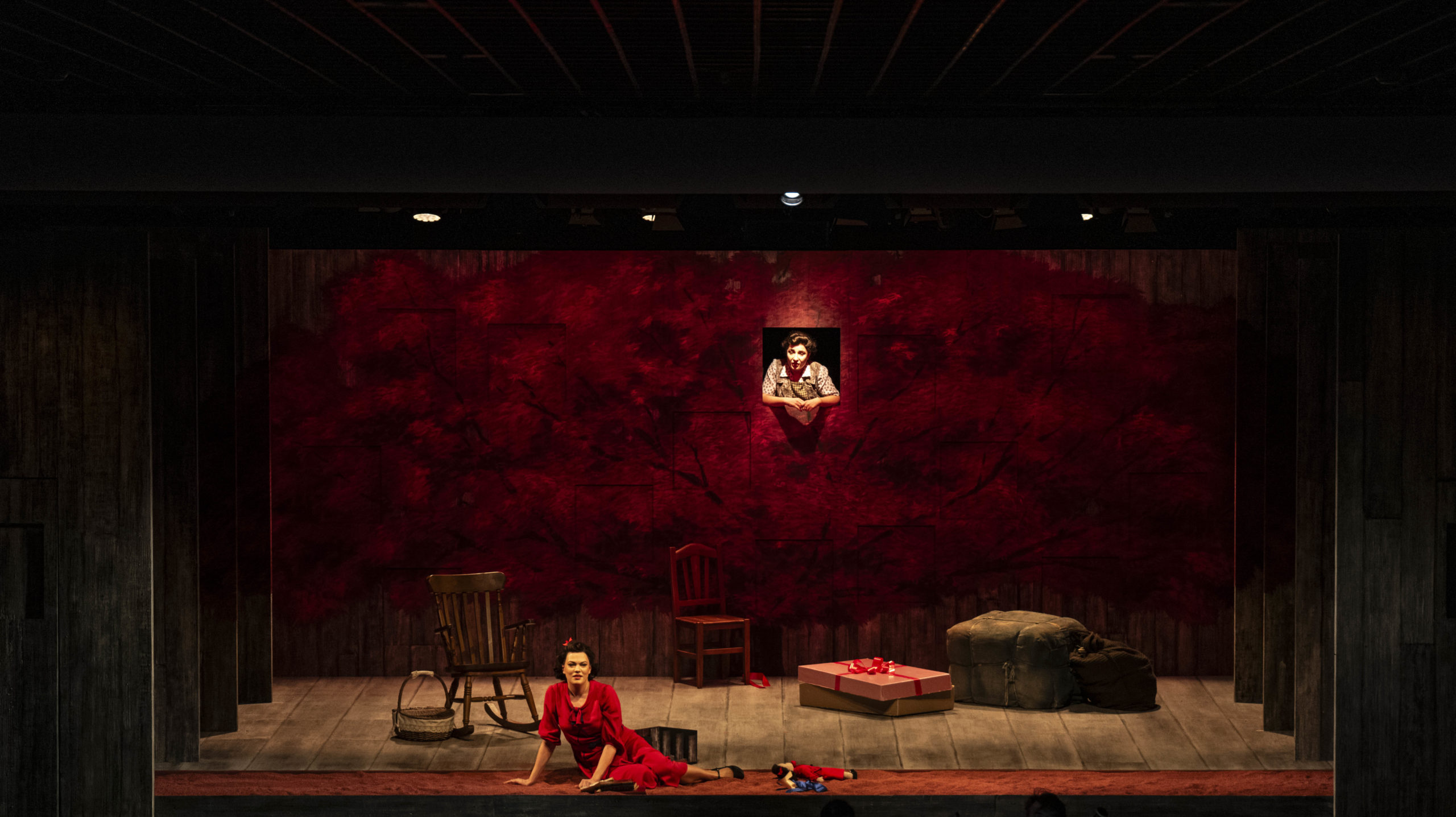

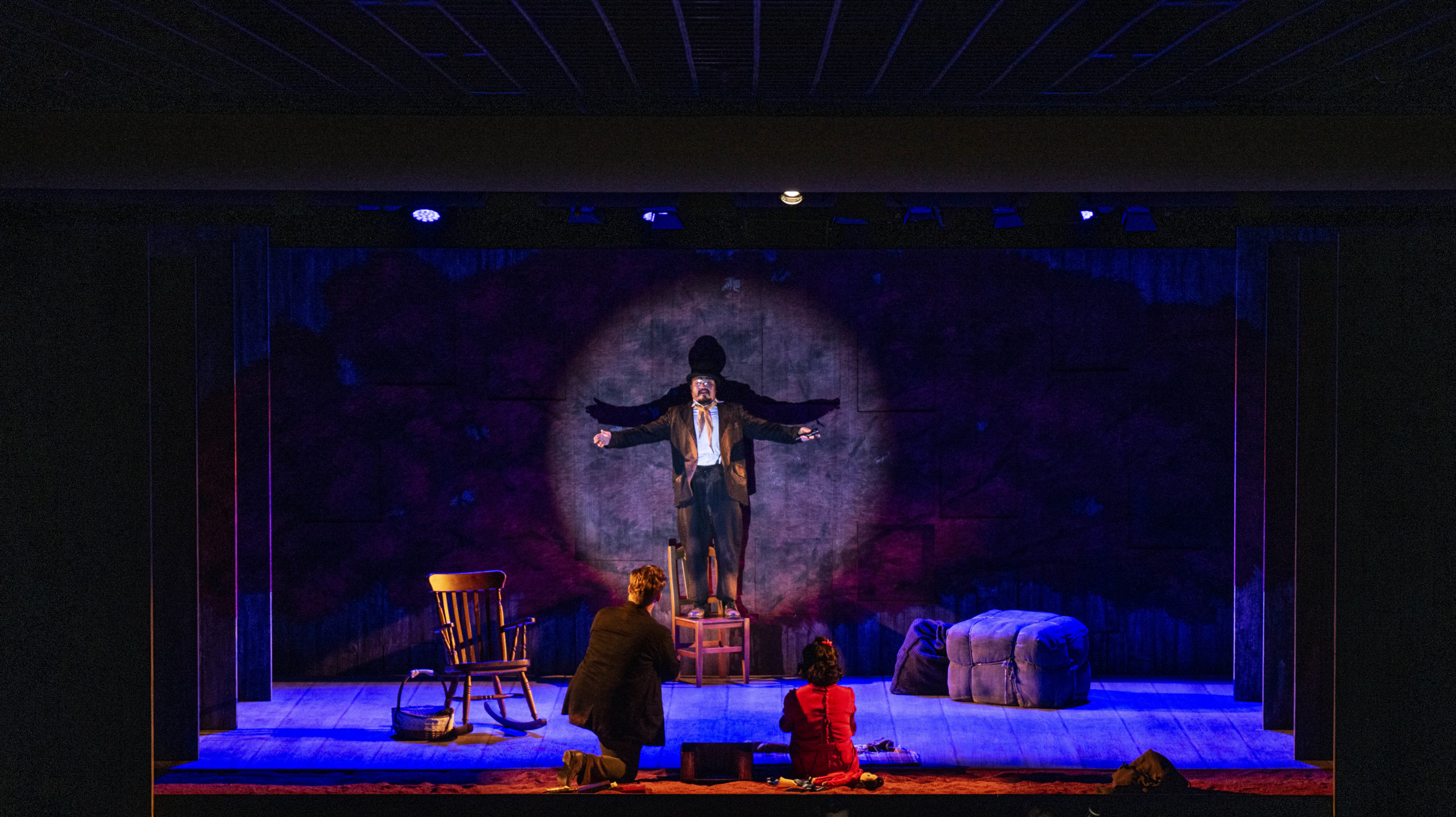


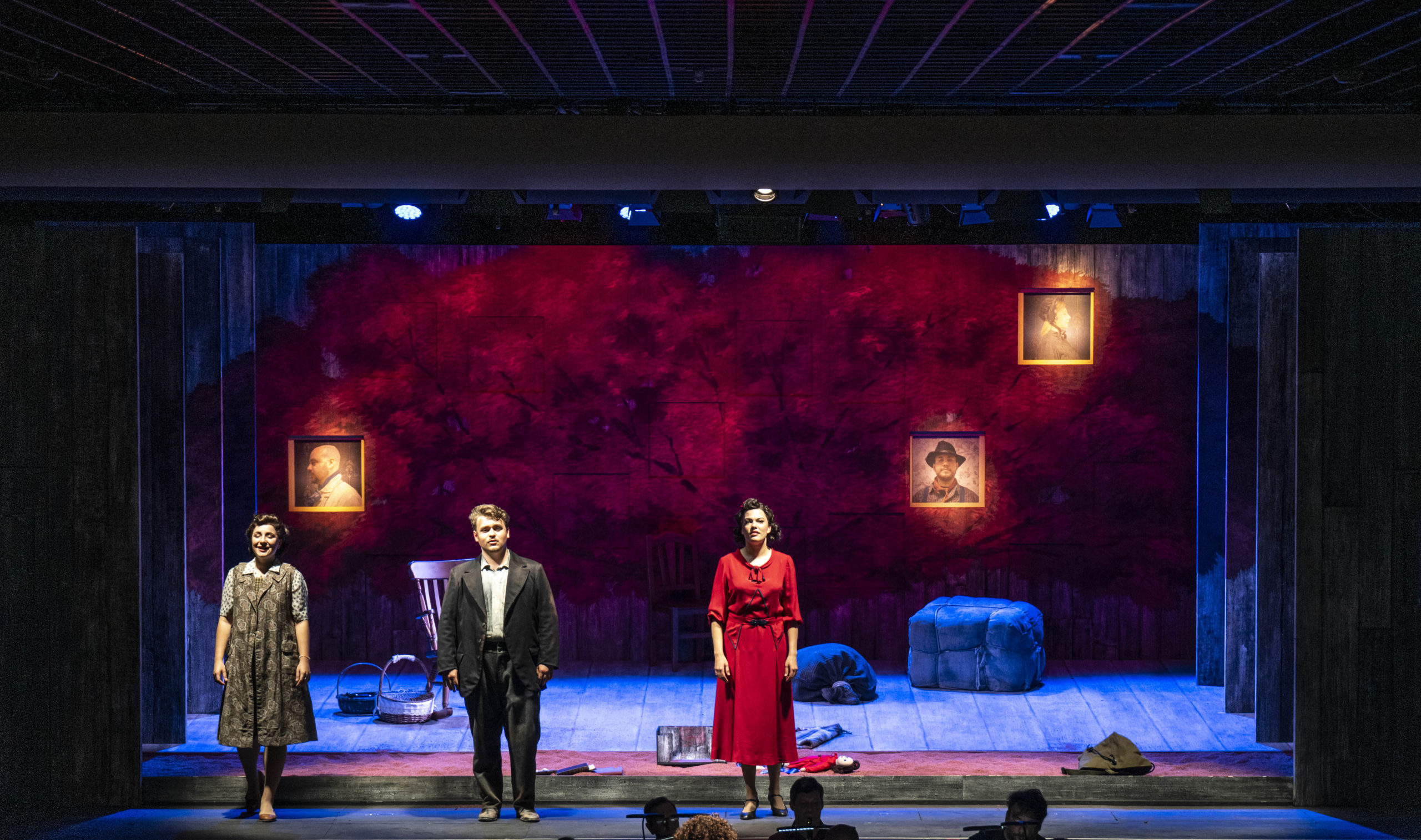


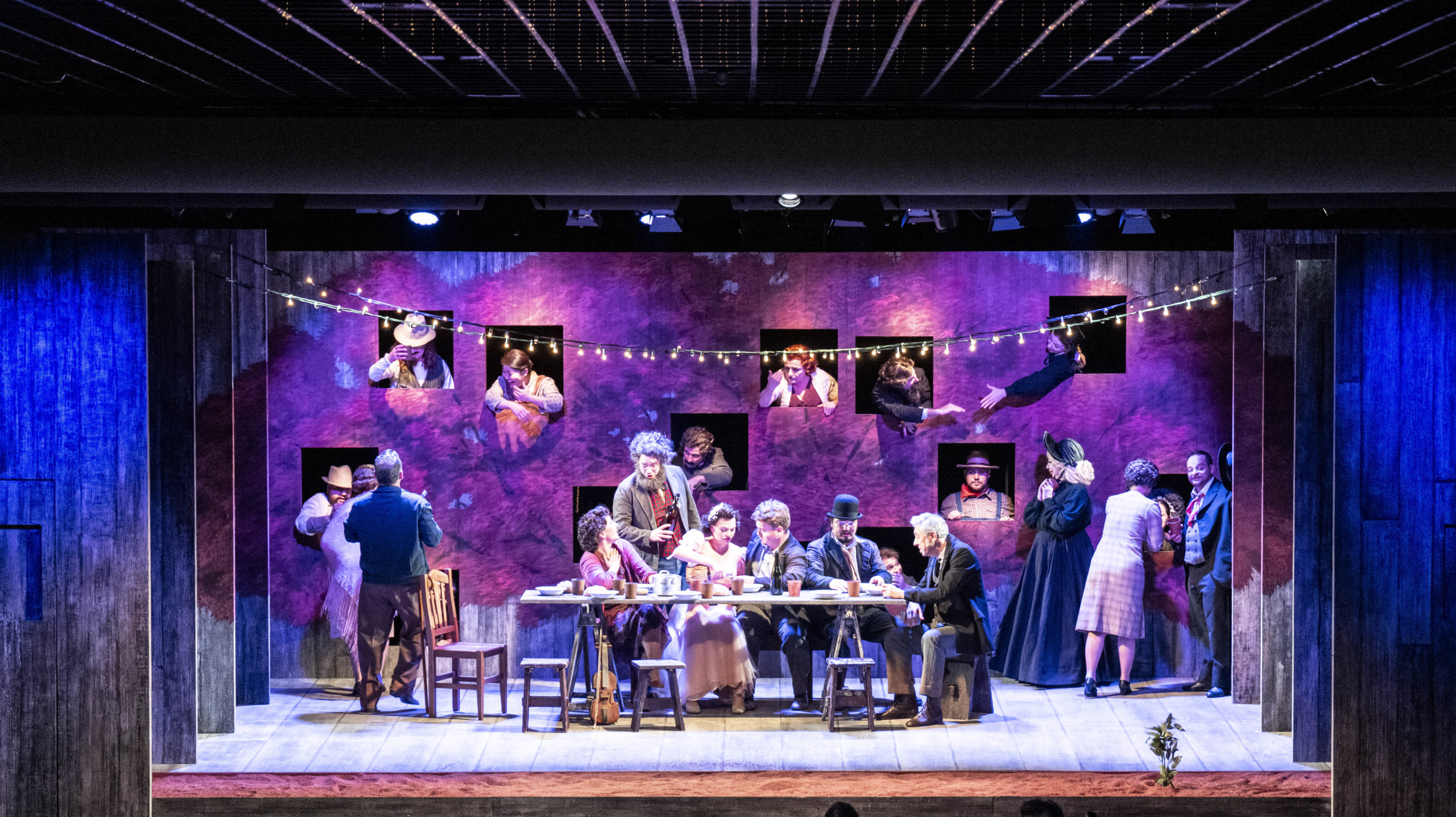
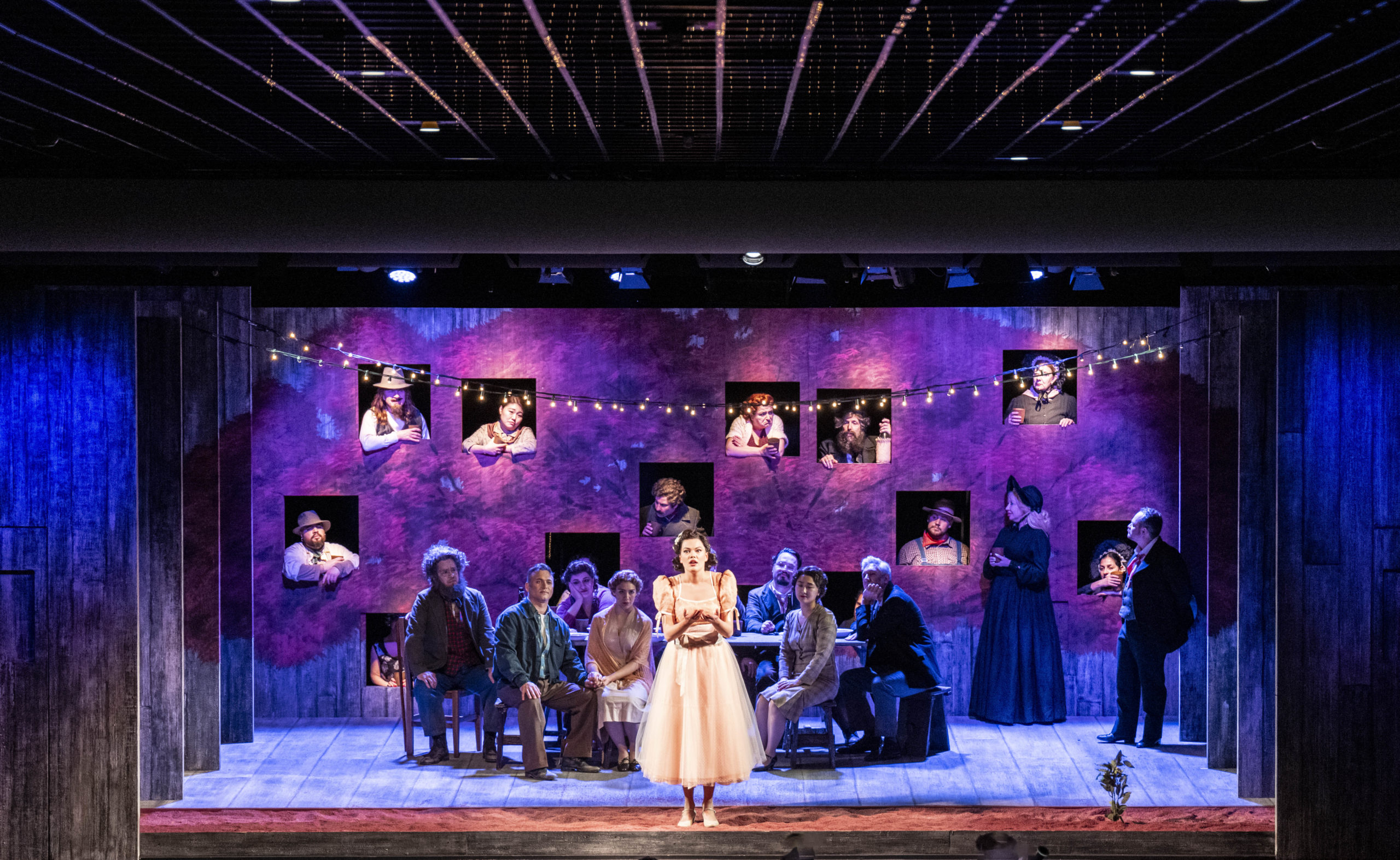
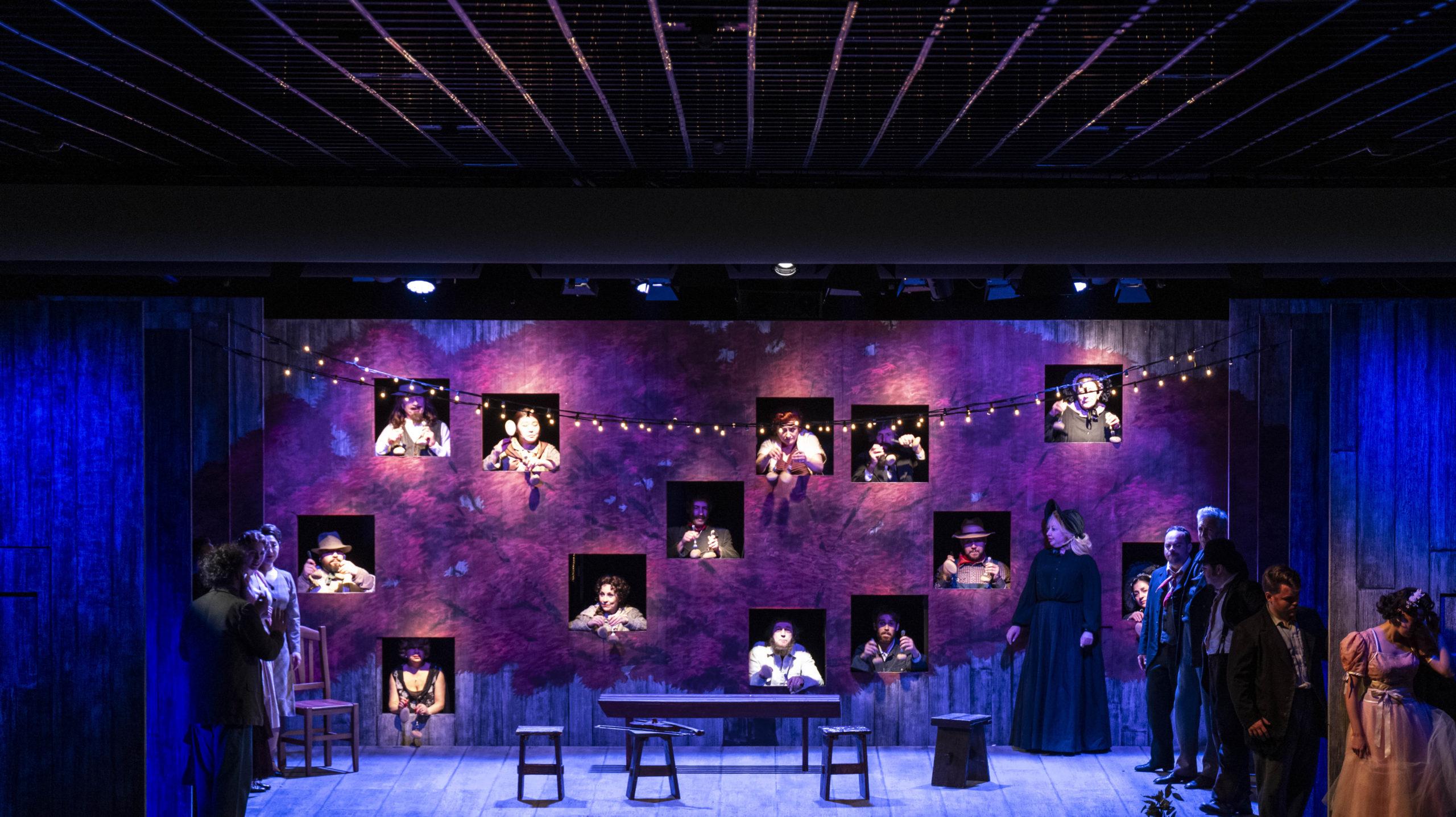
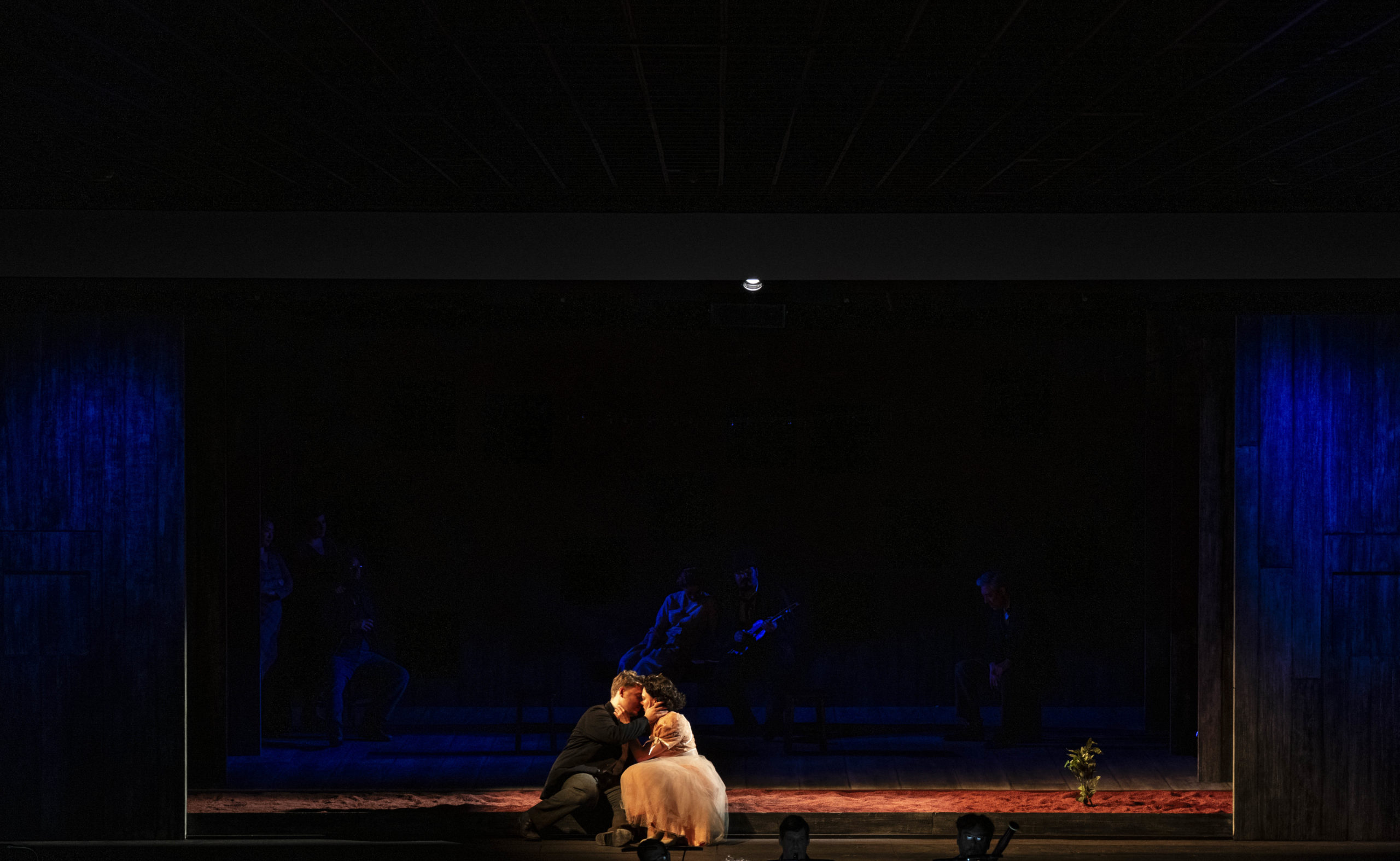
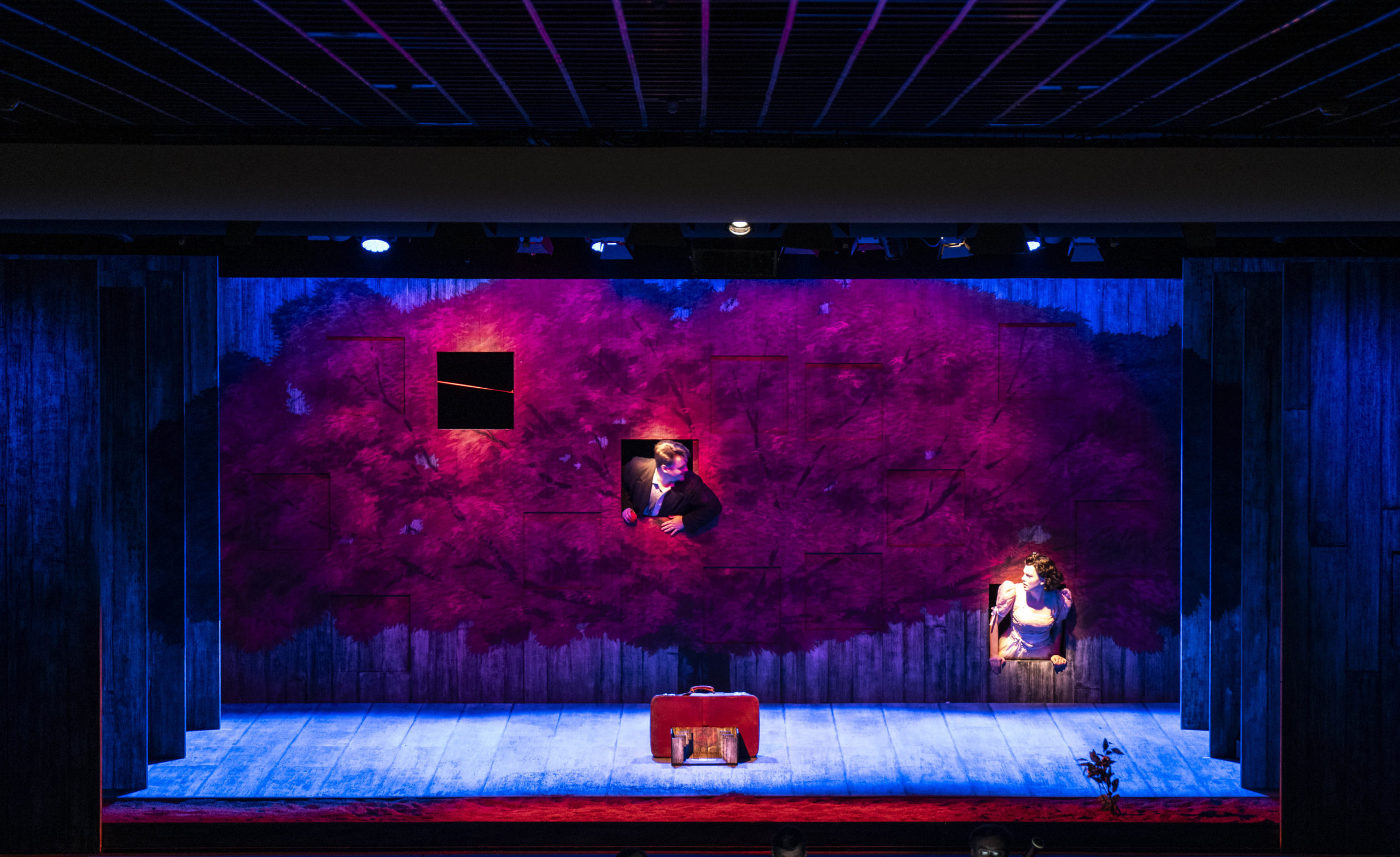
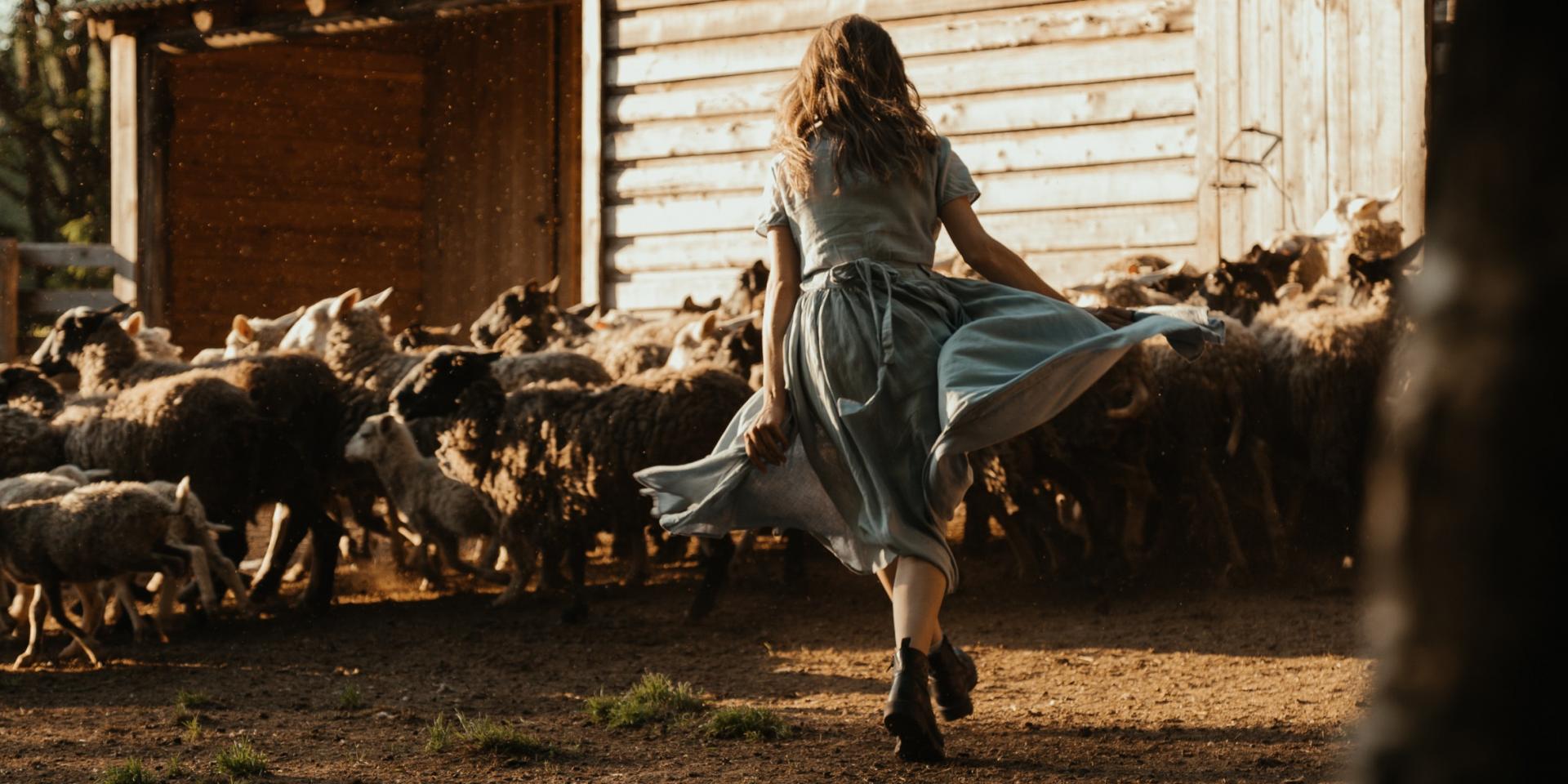
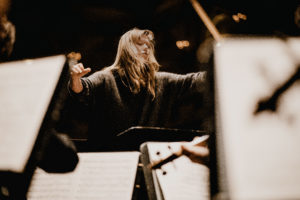
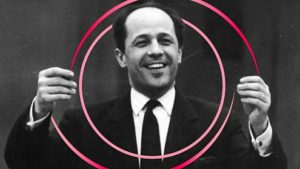






Blog Comments
Kevin Lindegaard
17th June 2024 at 3:53 pm
To indicate what one critic thought of it, read this review by Donald Justice https://dailyiowan.lib.uiowa.edu/DI/1958/di1958-03-07.pdf
Incredible! In the above blog I refer to the reception of Erik John’s libretto for The Tender Land as a “Miscarriage of Justice”!
He says: “The opera was disappointing. For one thing, there was the usual difficulty of achieving in the Memorial Union the right balance between an orchestra not in a pit and the singers. Too often, for whatever reason, the singers could not be understood; sometimes, even, they could scarcely be heard. Considering the deplorable nature of the libretto, this may have been just as well. That a composer of Copland’s taste could have spent three years with this libretto is fantastic. The plot is a soap Opera for children. The rhymed passages are doggerel; the best that can be said for the remainder of the language is that it keeps pretty close to natural speech”.